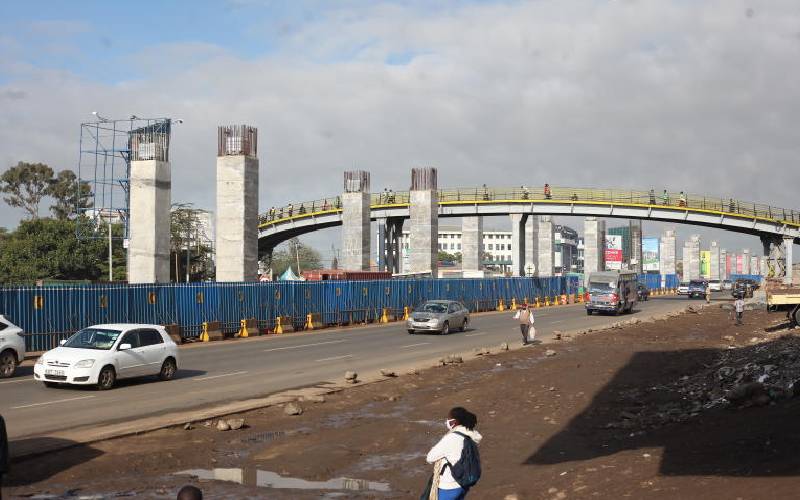×
The Standard e-Paper
Informed Minds Prefer The Standard

The 27km Sh62 billion Nairobi Expressway that is under construction. The road project begins at Mlongo to Limuru. [Wilberforce Okwiri, Standard]
In life, the warrior was not taller than six feet. He lived at the time might was everything and one survived depending on how far he could expertly hurl a club or spear at the enemy.